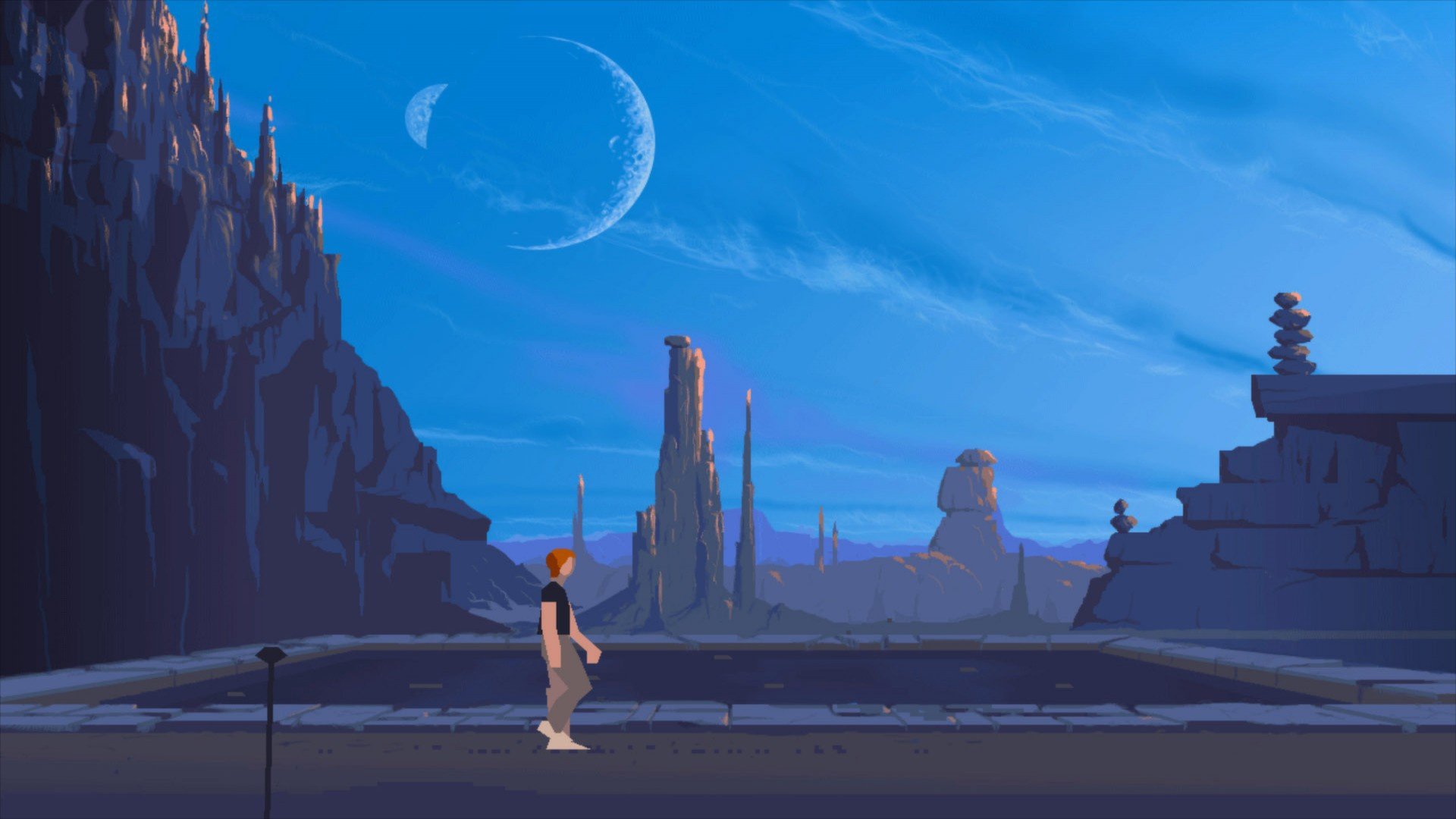Another World, also known as Out of This World in some areas, debuted in 1991. Created by Eric Chahi, this title is often hailed as a revolutionary game of its time. Its most striking feature is the complete absence of a user interface (UI) during gameplay.
Unlike the majority of video games, Another World does not include a HUD (Heads-Up Display) or any other typical UI elements that gamers usually see on their screens. This was a purposeful design choice by Eric Chahi, intended to offer a deeper, more uninterrupted gaming experience. This means players can immerse themselves fully in the game’s world, without any screen distractions.
When Another World was released, games relied heavily on UI elements like health bars, ammo counters, and maps to communicate with the player. Chahi’s decision to omit these conventional cues marked a new approach in game design.
With no UI, players in Another World rely on visual and auditory clues to make decisions. For instance, the main character, Lester, doesn’t have a health bar. Instead, players gauge his condition through visual signs, such as limping when injured. A fatal injury results in the screen fading to black, indicating the end of the game.
Puzzle-solving also requires careful attention to environmental hints. Players must use changes in the background and lighting to navigate through challenges, like finding a way through a dark cave with only a flashlight, avoiding hazards and finding hidden passages.
This minimalist approach to UI creates a unique sense of mystery and exploration. The absence of direct guidance or obvious markers compels players to figure things out on their own, enhancing the sense of entering an unknown, alien world.
The influence of Another World extends beyond its own era. Modern games like the survival game Rust, which eschews a traditional UI, and titles like Limbo and Inside, with their minimalistic UI usage, draw from Another World’s example to create immersive experiences. This trend highlights the lasting impact of the game’s innovative design.
The absence of UI in Another World redefined what was possible in video game design. By relying purely on visual and auditory cues for player navigation, it demonstrated how removing interface elements could create a more immersive experience. Its influence continues to shape how games approach visual communication and player interaction.

